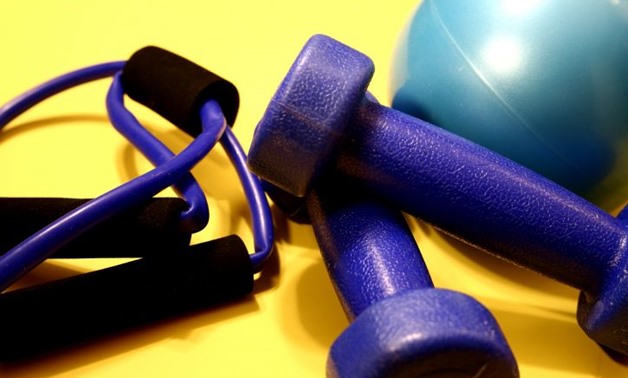
Photo Via Pixnio/Debora Cartagena, USCDCP
(Reuters Health) - An “artificial pancreas” that monitors blood sugar and automatically delivers insulin may make it safer for teens with type 1 diabetes to participate in sports, a U.S. study suggests.
Researchers focused on a group of 32 teens with type 1 diabetes who participated in a five-day skiing camp, spending about five hours a day on the slopes. Half of the athletes used an artificial pancreas, also known as a closed-loop insulin delivery system; the rest wore their regular insulin pumps and administered insulin themselves using a so-called open loop system.
With the artificial pancreas, participants had blood sugar levels in a healthy range about 71 percent of the time, compared with 65 percent of the time among teens using the open-loop system, researchers report in Diabetes Care.
Dangerously low blood sugar, a common problem when people with type 1 diabetes participate in sports, also happened less often with the artificial pancreas.
“All type 1 diabetes patients using an insulin pump should very seriously consider using an artificial pancreas, regardless of how active they are,” said lead study author Marc Breton of the Center for Diabetes Technology at the University of Virginia in Charlottesville.
“The artificial pancreas will work (and well) even if you exercise a lot, and you will benefit from its automation even if you already know how to control your blood glucose during and after exercise,” Breton said by email. “Eventually, this system may allow people with diabetes the freedom to participate safely in physical activities that they likely avoided in the past.”
In type 1 diabetes, a chronic condition typically diagnosed in children and young adults, the pancreas produces little or no insulin, a hormone needed to allow blood sugar, or glucose, to enter cells and produce energy. Poorly controlled, diabetes can lead to cardiovascular disease, kidney complications and death.
People with type 1 diabetes typically have to test their own blood sugar levels throughout the day and inject insulin to manage it. Nights are often a problem because dangerous blood sugar changes can happen while the person is sleeping, and intense exercise can also result in unsafe dips or spikes in blood sugar levels.
Current artificial pancreas systems can monitor blood sugar every few minutes and use that information to adjust insulin delivery. This may be less cumbersome for athletes than open-loop systems, which require them to manually adjust the amount of insulin delivered by their pump based on readouts from a separate glucose monitor.
In the study, athletes had dangerously low blood sugar 1.8 percent of the time with the artificial pancreas, compared with 3.2 percent of the time with the open-loop system.
Dangerously high blood sugar also happened less often with the artificial pancreas: 7 percent of the time compared with 9.3 percent of the time with the open-loop system.
Beyond its small size, other limitations of the study include the focus on athletes without a history of dangerously low blood sugar, which may limit how much the findings apply to all people with type 1 diabetes, the authors note. In the study, teens also had intense supervision by doctors that might not occur in real life.
The type, intensity and duration of physical activity all matter, said Ali Cinar, director of the Engineering Center for Diabetes Research and Education at the Illinois Institute of Technology in Chicago.
“People trying a new type of exercise or routine should be careful in tracking their metabolic variations and adjusting their hypoglycemia prevention routines,” Cinar, who wasn’t involved in the study, said by email. “A well-designed artificial pancreas can make these adjustments automatically.”
While the findings suggest an artificial pancreas may make it easier for athletes to manage type 1 diabetes, more research is needed to see if a device can be designed to respond to a wide variety of exercise experiences, said Michael Riddell of the Muscle Health Research Centre at York University in Toronto.
“At present, it is extremely difficult to mimic the normal physiologic response that a healthy pancreas has to exercise,” Riddell, who wasn’t involved in the study, said by email.

Comments
Leave a Comment